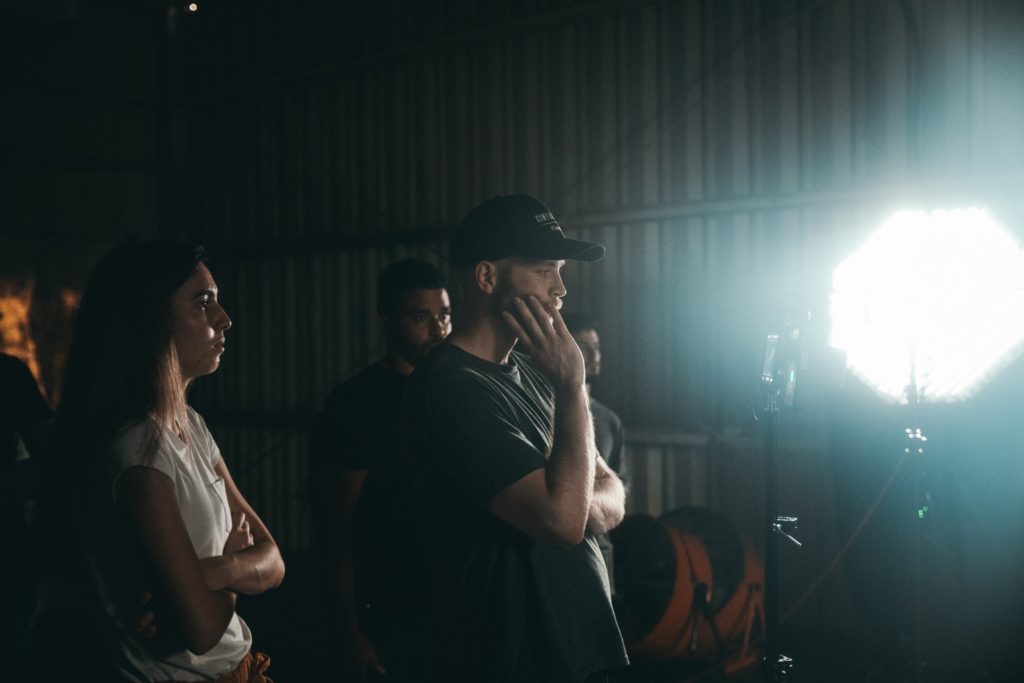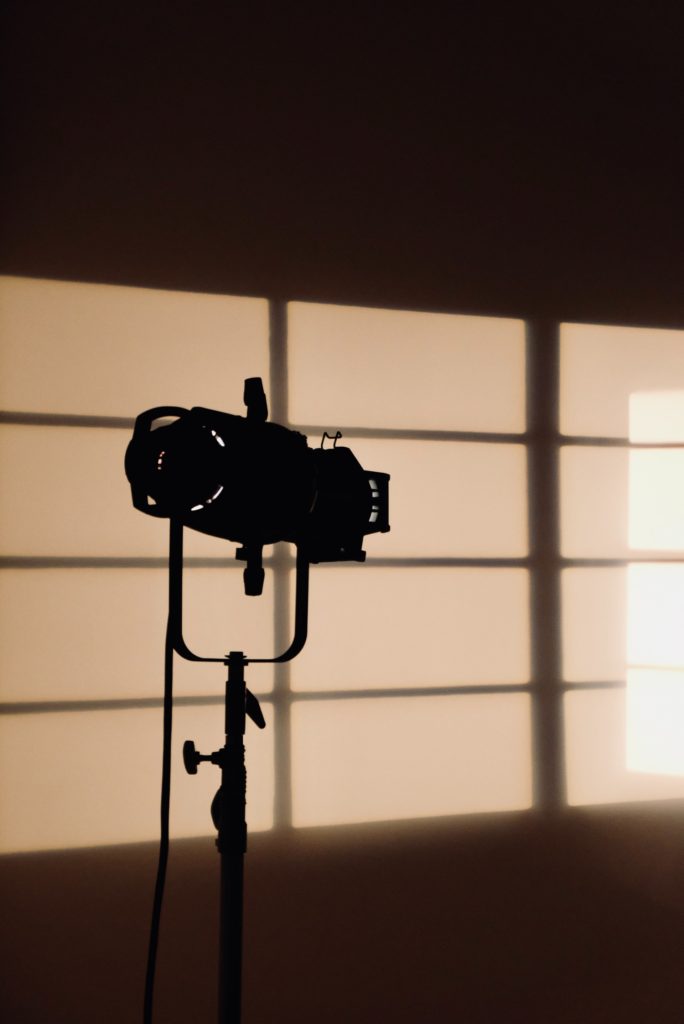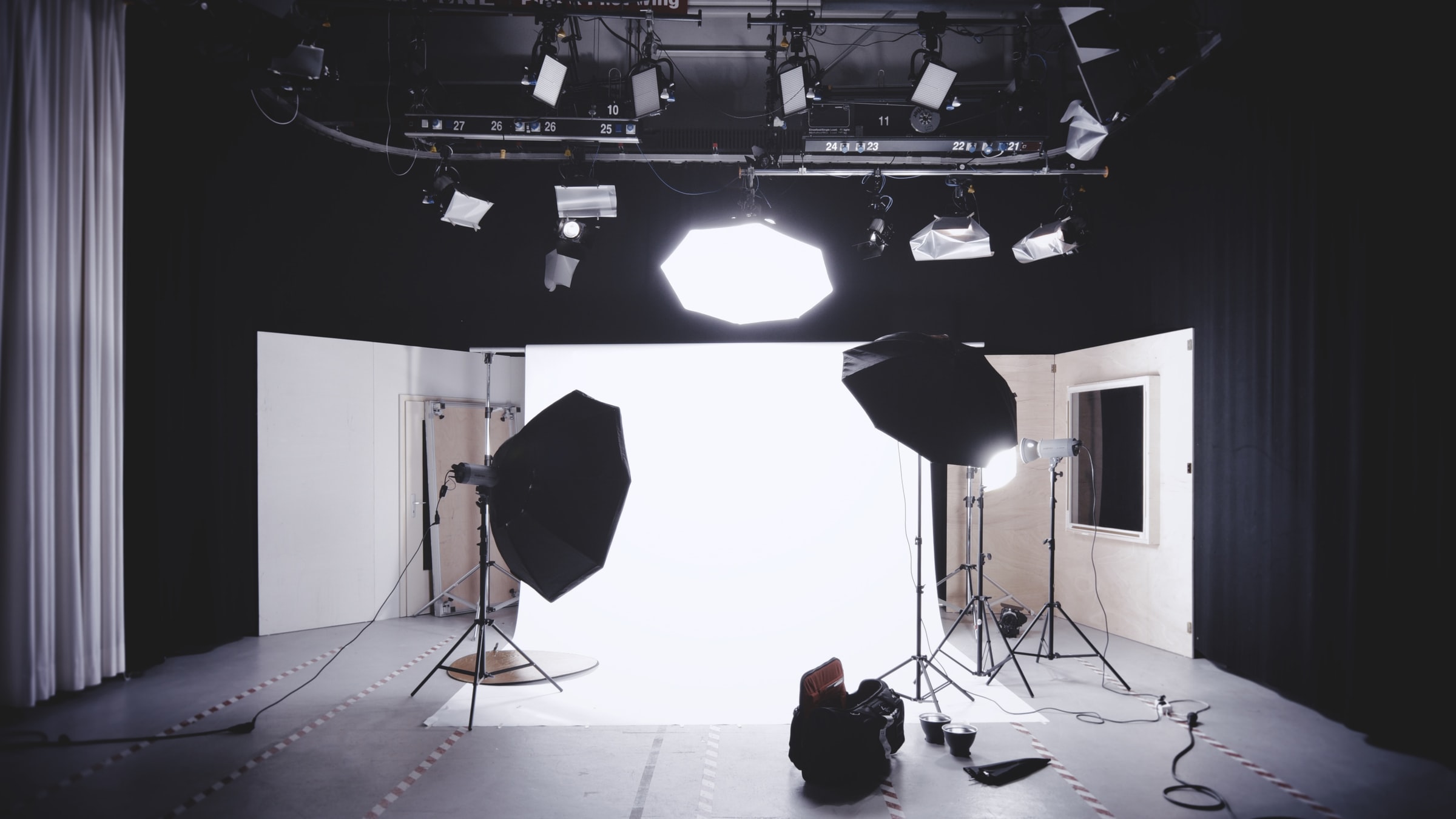Whether it’s a big production or a small film project–from telling stories to marketing your brand–we should never underestimate the impact of good lighting. It may be one of the film creation aspects easily brushed aside or one may think of as unnecessary, but definitely crucial in the overall quality of the final output.
Cameras are almost like our eyes, except that human eyes pick up light much better in comparison. That’s why with cameras, we need to cheat by using a good lighting setup and various techniques. Achieving a natural look in your film will involve appreciating the power of good lighting, and how to take its benefits to your film’s advantage.

Why lighting is important in video productions
There are several reasons why you should not forget nor overlook the lighting aspect of a film project. Keep in mind that the importance of good lighting can never be understated, as the quality of the final output will extremely suffer. Professional filmmakers and digital media content creators know this.
Here are more elaborate reasons why you should invest in the best video lighting and the need to incorporate it into your filmmaking process.
Emphasizes the points and details
Good lighting techniques are more than just about classy lighting equipment. There can be intentionality–make it an integral part of the film. With proper lighting methods, you can direct and creatively lead the audience’s eyes to something and emphasize its importance, without too much dependence on closeups or insert shots.
If you are presenting an object, a prop, or an actor, you can do so with a closeup or an insert shot, which is a term that refers to a shot in which the camera focuses on a particular object as an added exposition or layer to the scene (example, a character pours some drink on a glass, the camera only shows the glass for a moment). A series of insert shots may be redundant and disorienting.
With a bit of creativity, you can get away with other types of brilliant shots (panning or overhead) other than an insert shot while also pointing out to your audience where to look and what to see. For example, a character looking at a window, subtle lighting allows showing the reflection of the character’s reaction while also seeing what’s happening outside the window simultaneously. Guide them with some lights.
Enhances the mood
No matter how well you write the script or how striking an actor’s performance is, they can easily be overshadowed by poor lighting. Definitely, a properly lit scene can help establish the emotion that the scene intends to convey, in harmony with other film elements. Without it, the scene can come off dull and ineffective despite a gripping screenplay.
If you want to fully capture the mood of a scene, you should incorporate good lighting techniques. From horror to dramatic sequences, even the funny ones, all would not be as effective without making an effort to achieve the best video lighting effect.
From jovial parties to a downcast atmosphere of a wake, lights can help you paint the emotions you want to achieve. The choice of lighting you apply to your film guides your audience to the emotional highlights of the film, such as when you use brighter lighting to convey glee or overwhelm, while dim lighting can give viewers a hint of a gloomy tone of the film.
Elevates the quality of the film
Everyday on social media, you are fed with lots of video content, many are casual content from vloggers (video bloggers). The idea is that many people can produce their own creative videos to showcase on social media using just their iPhone cameras. But how do you differentiate your film from the rest? By applying the best video lighting practices.
Did you know that even the simplest video content can achieve a pro look with good lighting? Many content creators know this, so they invest in good lighting gear, which easily improves their presentation. But for video marketers and filmmakers, you would want to also stand out and not be left behind.
Another importance of good lighting is that it elevates your film’s quality. Most audiences could look past other aspects of your film that experts may spot, but regular audiences can easily notice bad lighting. If they see you exert an effort in your film, you can gain your audience’s attention and respect.
Embodies the film’s themes
While many people think that creative lighting techniques should only be used for dramatic purposes or climactic scenes, another importance of good lighting not many know is that it can contribute to the overall message of the film. While it may be subtle, it can have an extreme impact on storytelling, being a trusted and creative tool.
For example, if you create a film about the winter as a running motif of the story, you would want to avoid harsh and bright lights. Want to invoke darker themes? Employ low-key lights, like when a character, descending into madness, gives a menacing look.
Ensures a natural look and saves time
As we’ve said, one importance of good lighting is it improves the overall quality of the video. How? Because when you already have well-lit video material, you won’t have to take too much time and effort in color grading and other visual edits. It’s as if your film is how they’d see with our eyes, appearing as natural and realistic, which is more convincing and the audience can easily suspend their disbelief. It will also require less post-production fix on your end, saving you time, resources, and energy.

A few tips for good lighting
Here are a few tips you should consider if you want to start creating your own video content.
- Know the three elements of lighting, which are the key light, the fill light, and a backlight. Nailing these three important types and combining them well can definitely elevate the quality of your film. Here we describe each:
- Key light – this is the scene’s main light source that can easily dominate the setting. If shooting outside, it can be the sunlight or the moonlight, whether they are natural or artificial (many night scenes use artificial moonlight)
- Fill light – opposite of the key light to counter the dominant lighting, usually to minimize overexposure of shadows caused by the main source of light.
- Backlight – a form of lighting that will make your actors stand out from the background
- Use a reflector to bounce from the key light to the actors or the scene. This also prevents unrealistic lighting, especially from harsh source light, and minimizes unnatural shadows that may randomly pop out.
- Get inspired by the work of other creators or filmmakers and observe how they utilize their lighting to craft engaging scenes.
- One of our favorite tricks is taking advantage of the natural sunlight. If you can shoot outside, the best video lighting is still the sunshine.
- Vary your lighting depending on what the scene warrants, even if they have to change every scene. Use it as a form of storytelling, be gloomy or vibrant if need be. Remember the importance of good lighting–it’s not limited to the sake of quality only but to help shape the story or mood.
***
So we hope that we’ve convinced you how good lighting is both powerful and necessary. Not only should you invest in the best video lighting equipment, but you should also employ different techniques and follow some of our above tips for a better film or content. Better yet, hire an amazing production crew to get you started right away!
